The savvy Francophile’s guide to fromage: soft French cheese
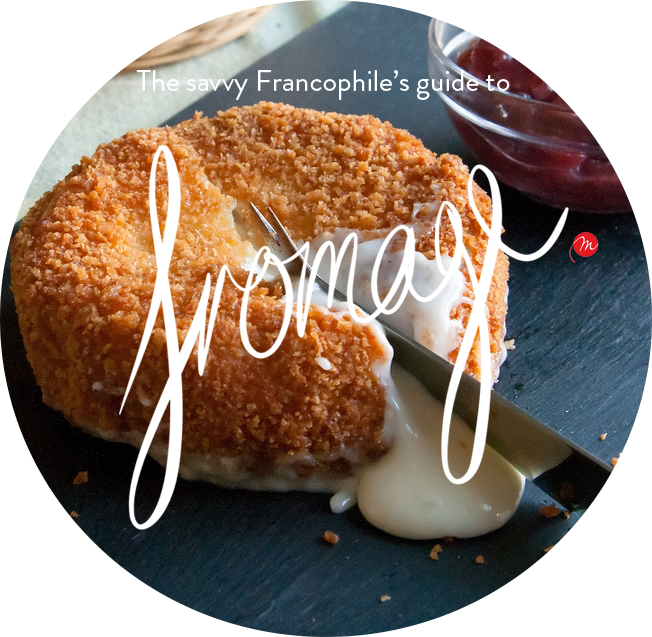
There are few things that we would enjoy more than soft French cheese spread over a baguette, enjoyed with a glass of French wine.
And why would there be? Cheese is inherently French, a hugely important part of cuisine and dining in France, and a cornerstone of French culture.
French cheese has a long history as a staple of the French diet: French families would traditionally enjoy a hot meal in the middle of the day, and then a lighter meal in the evening, usually consisting of locally produced cheese and bread.
This tradition has remained an integral part of French culture – even if they vary their meals a little more – with cheese remaining important to the French as part of their cultural heritage.
And this is especially true for soft cheese. Unlike hard, pressed cheese, which filtered into France from neighbouring countries, soft cheese is intrinsically French, and they’re proud of it.
Alors, we’ve compiled tasting notes for the soft French cheeses that you should be eating…
Probably the most famous French cheese of all; Brie is creamy, rich, and mellow, with a slightly mushroomy aroma. It is a white mould cheese, meaning that it has an edible, velvety, surface mould that contains soft, gooey, cheese inside.
Brie ‘oozes deliciously’ when you heat it up and is perfect when accompanied perfectly by a Beaujolais Nouveau, or Chardonnay.
Very versatile; Brie can be enjoyed either alone, with crackers or bread, or as part of a larger dish.
The other cheese that is synonymous with France, Camembert shares a lot of similarities with Brie. The recipes used to make them are almost identical, and even the best cheese connoisseur can struggle to tell them apart.
However, there are a few tell-tale differences. As Pop Sugar explains, the production of the two cheeses is slightly different – Camembert is ripened for longer – meaning it generally has a stronger flavour and aroma. Camembert is usually runnier than Brie, and less sweet.
This rich cheese can be enjoyed along with fresh fruits, chutneys or cold meats. Pair it with Champagne, Chenin Blanc, or even cider.
Hugely popular in France, Chèvre is goat’s cheese, and is typically enjoyed warm with bread. Very creamy, and fairly sweet, this cheese is also frequently served with fruit as a dessert, as well as part of quiches, sauces, or risottos.
We think this melt-in-the-mouth cheese is best tasted simply with a French baguette – simple, but very effective!
This soft cheese is slightly thicker and crumblier than its counterparts, but Epoisses is a favourite among cheese connoisseurs. Cheese France remarks on its powerful, rich, creamy and salty flavours, and we love its sweet buttery undertones.
This cheese is famous for its powerful aroma – rather like a mild foot odour – but you shouldn’t be put off. The taste doesn’t match the smell, and Epoisses is the ideal accompaniment to a glass of French red wine.
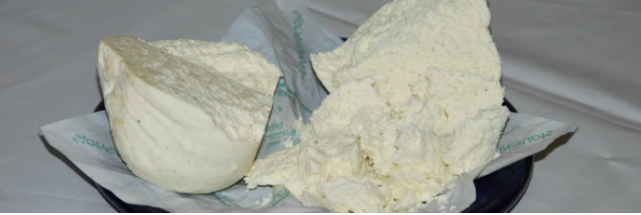
Much less creamy than the majority of French soft cheeses, Gaperon is seasoned with garlic and pepper, giving it an almost spicy flavour. A superb cheese from the Auvergne.
“In the past, it was hung from the kitchen beams, but nowadays it ripens in fresh air on rye straw. It also used to be made with leftovers from making butter, but that’s not the case nowadays. When aged, the cheese is characterized by its dry, hard rind and a dome-like shape. The young Gaperon has a tart flavor, but as it ages, it becomes intense and spicy.” This is how taste atlas describes Gaperon.
If you’re already a connoisseur of Brie and Camembert, this cheese is perfect for broadening your horizons…
Manufactured along the Swiss border, the cheese-making process for Mont d’Or has barely changed over the centuries. As About France explains, Mont d’Or matures in a strip of local spruce wood, which gives the cheese a truly unique aroma.
A strong cheese that is only manufactured in the winter months, Mont d’or tends to be adored by all who taste it. Pairing perfectly with garlic, this cheese makes an interesting addition to a traditional garlic bread…
One of the oldest cheeses that France has to offer, Pont l’Évêque is also known as ‘Moyaux cheese’. Produced throughout the year in Normandy, it is creamy, full-bodied, and inoffensive.
Old and rustic, this traditional cheese is perfect to accompany a robust wine. Serve at room temperature, and enjoy…
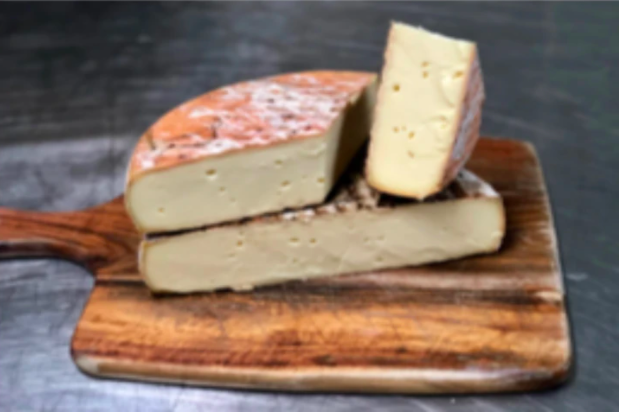
Many claim Saint Nectaire is France’s greatest cheese. It varies considerably depending on the variety.
Saint Nectaire, is a French uncooked pressed cheese, which was first introduced to the court of King Louis XIV by the Marshal of France Henry de Sennecterre. Saint Nectaire cheese is produced in the volcanic pasture lands of the Auvergne region of France. The richness of this natural grassland makes for milk with delicate aromas and gives the Saint Nectaire its original taste. This cheese has a soft, cream-coloured texture and a delicate nutty and mushroom flavour.
A good Saint Nectaire should be elastic in texture and soft and is one of the few soft French cheeses.
Saint Nectaire is a great choice on a cheeseboard or alternatively, it can be used in tarts, pies, or sandwiches. This can also be used as Raclette or fondue.
Wine Pairing: Saint Nectaire cheese pairs well with ‘natural’ wines, made with indigenous yeasts, like a Beaujolais. They are a good match with stronger flavoured ‘fermier’ cheese.
What are your favourite soft French cheeses? Which do you want to try next? Share your opinions in the comment box below!
Read more on becoming a savvy cheese connoisseur…
1. Soft French cheese – this article
2. Hard French cheese
3. French cheese expertise
4. French cheese resources
Image credits:
- Baked brie, by Isabelle Boucher via Flickr.
- Brie, by Myrabella via Wikimedia.
- Camembert, © Myrabella via Wikimedia.
- Chèvre, by Veronique Pagnier via Wikimedia.
- Époisses, by Traaf via Wikimedia.
- Gaperon, by Julien via Wikimedia.
- Mont d’Or, by Chriusha via Wikimedia.
- Pont l’Évêque, by Lagric via Wikimedia.
- Saint Nectaire, by Mumumio via Wikimedia.
This popular article has been refreshed and republished in 2021.

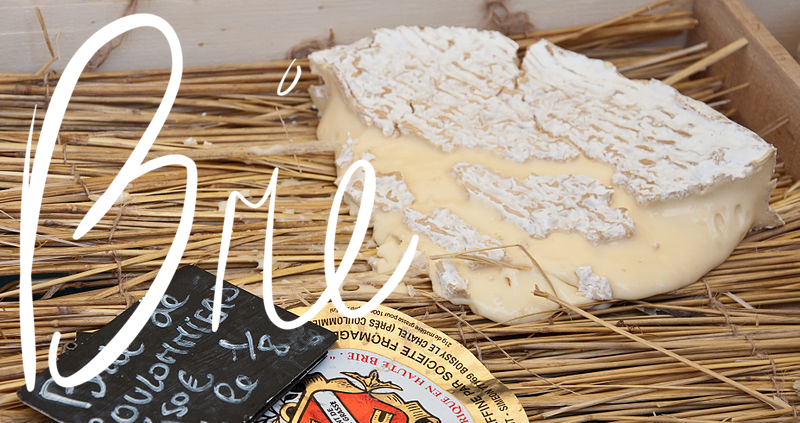
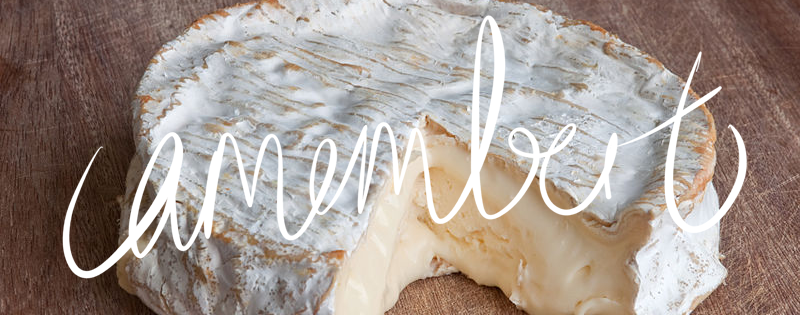
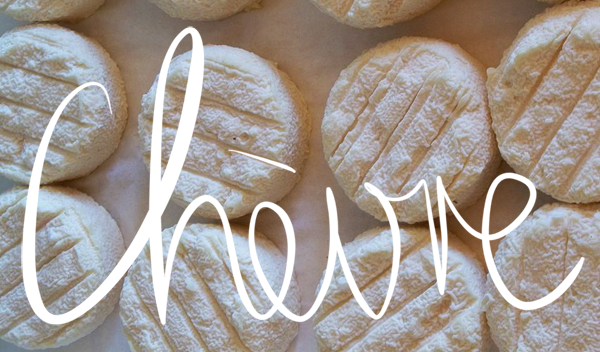
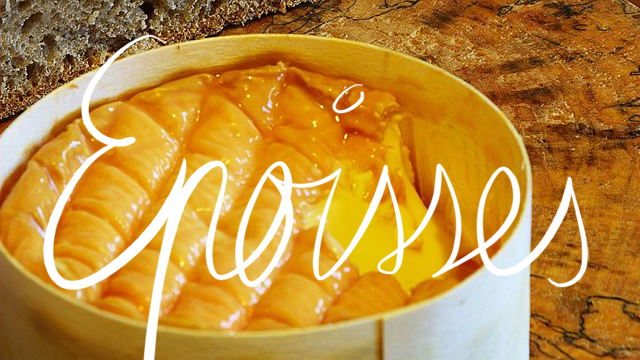
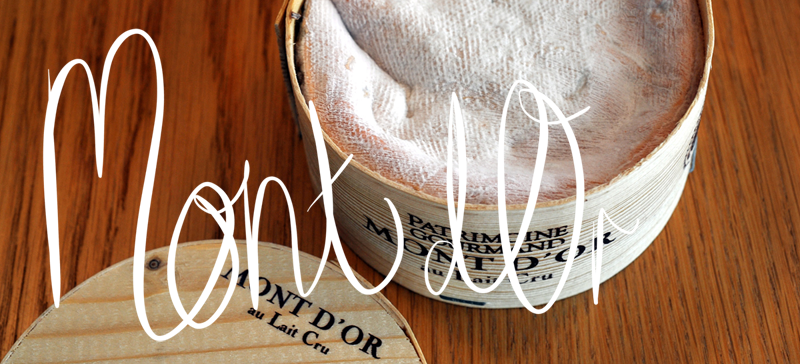
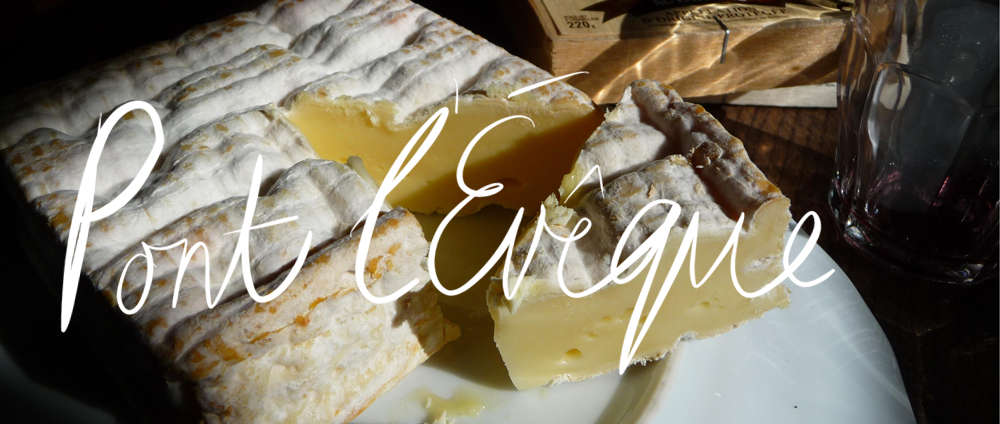






Cheese is my favourite thing in the entire world and this post has forced me to have Camembert for breakfast! It made me!
I’m not much of a cheese person, but the cheeses that I do love I eat a lot of. Brie and camembert are the only ones that i’ve tried and like on this list, perhaps I will go with a Gaperon now 🙂
Mmmm so hungry for cheese now…
CHEESE.
It’s what’s for lunch.
We received this very interesting feedback from Sam Wydymus of CheeseSkool – Auvergne Cheese Adventures [http://cheeseskool.com/ ] who says that in this series, the issue of whether the rind is edible or not, was raised. “In relation to the Saint Nectaire the rind is definitely edible and loved by some as an integral part of the cheese – just like the rind on camembert! I think the source (About.com) says that ‘one’ does not eat the rind, but this is a personal preference. Outside of France, there is a lot of debate regarding cheese rind. I would say that in France, it is generally considered rude and elitist to comment negatively on the eating habits, taste or enjoyment of another. If you prefer your Brie skinned or love nibbling the potholed edges of an aged Mimolette, so be it! ”
AND after further discussion Sam said:
“There were a few other things on other pages that I would argue with, but really it is down to the personal experience or opinion of the writer. For example, I’ve always been told it is extremely rude to take a bottle of wine to a dinner party without extensive conversations with the host first – it’s like taking an alternative main course just in case you don’t like the host’s cooking! Also, someone writes that the French always serve the cheese course with bread and not biscuits… this could be true in a tourist restaurant (and then maybe only in Paris) but usually neither is served with a cheese course – perhaps some fruit or nuts, but not bread products. Bread is usually eaten or cleared from the table by the end of the 2nd course. Asking for bread with your cheese would embarrass the host, not only because they would have to find some to bring back to the table, but it implies that you are still hungry after your main course. Yes, I know, the French table is complicated!”
Thanks Sam –
Judy MacMahon
Fondatrice
MyFrenchLife.org